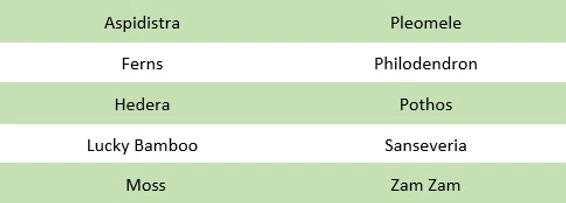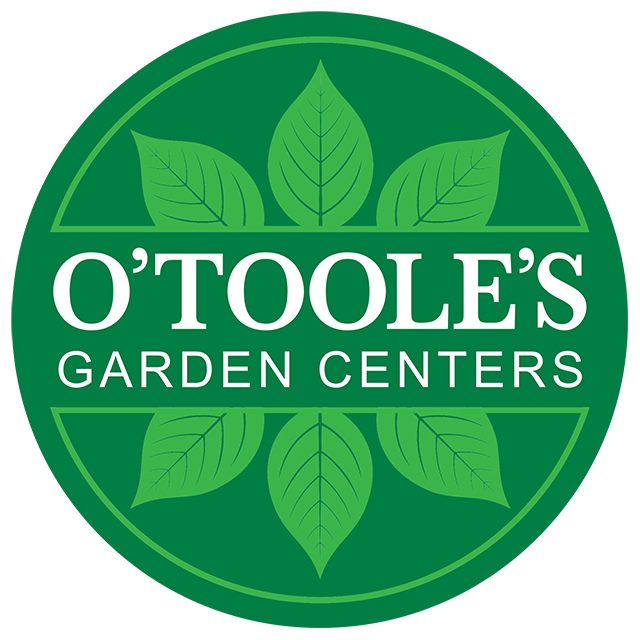When choosing a houseplant, one of the most important things to consider is proper lighting. Lighting in the house can sometimes be tricky to determine, but here are some things you should keep in mind.
Direct vs. Indirect Light
Direct light is when the rays of the sun hit the plant directly. Indirect light is anytime the light rays are reflected or diffused by something else. Indirect light can reflect off of a building or be shaded by leaves or curtains. A good rule of thumb is the sharper the shadow cast by a plant, the more direct the light is.
Changing Light
Lighting doesn’t stay static throughout the year and can change from season to season. As the Earth rotates, the angle of the sun changes in the sky. Eastern facing windows usually get indirect sunlight throughout the day, but during the late spring or early fall, the sunlight can become more direct. In the same way, a window that is shaded by a tree during the spring and summer may become a hotter spot in the winter when the tree loses its leaves.
High Light Plants
These plants prefer full sun or direct sunlight for 2 to 3 hours each day, or bright, indirect sunlight for 6 or more hours a day. A west facing window with a shade or light curtain would be a good spot for these. Southern windows usually get too much sun, except for especially hardy plants like cacti or some succulents.


Medium Light Plants
These plants like the cool, direct sunlight of the morning or bright indirect light for 4 to 6 hours a day. 12 or more hours of artificial light can be substituted. East facing windows generally have indirect light for the whole day and would be a good spot for medium light plants.


Low Light Plants
These plants need only diffused or indirect sunlight within the house. If you can read a newspaper or book in the room during the brightest part of the afternoon without turning on a light, you can consider it a low light situation. Rooms with north side windows that get little light during the day would be a good spot for low light plants.


No Light Plants
These plants can thrive in locations that only get diffused or indirect light for less than 3 hours a day. If you need to turn on a light to read during the brightest part of the day, then you have a no light area. These “no light” plants are a great solution for interior rooms without windows.


